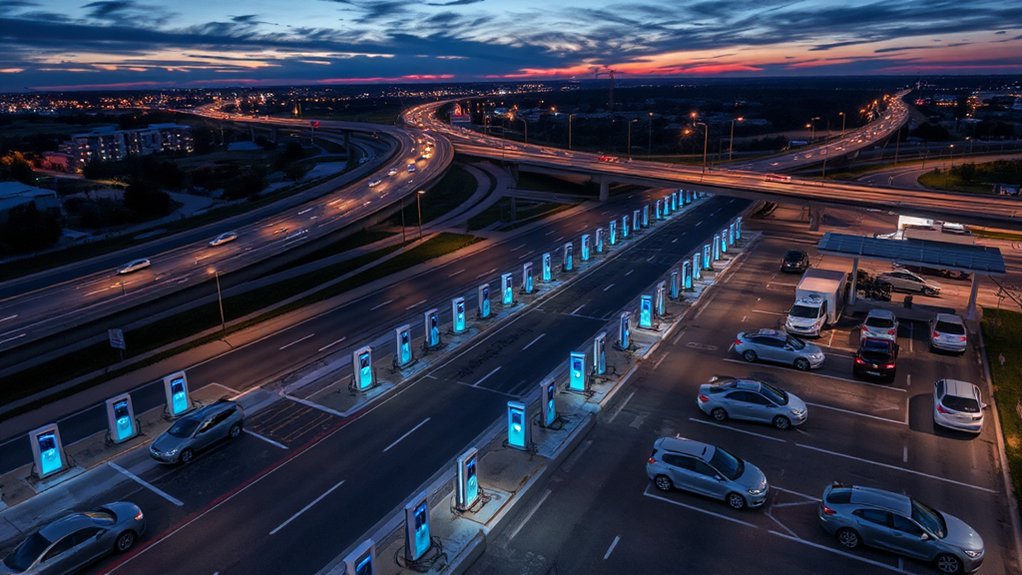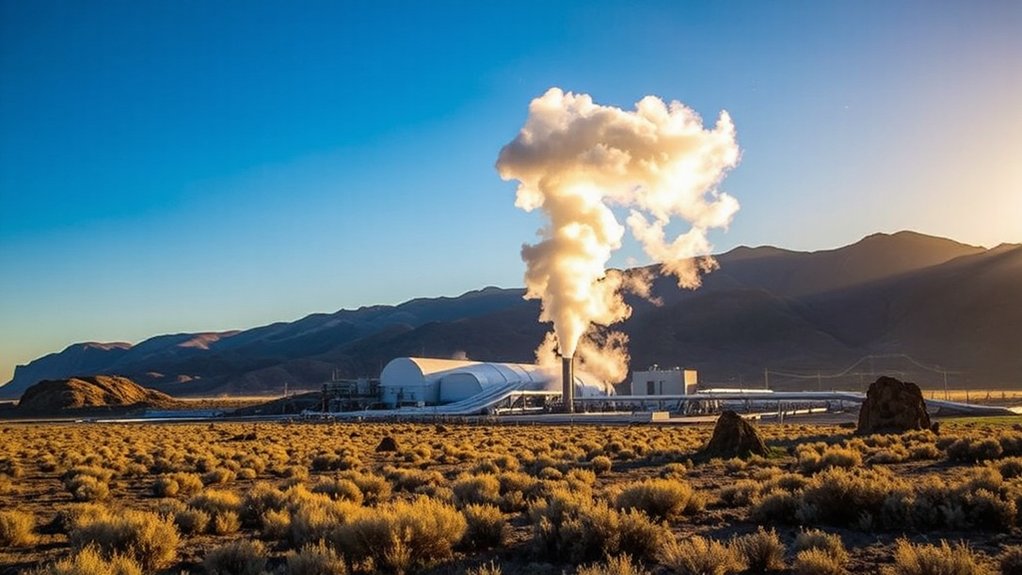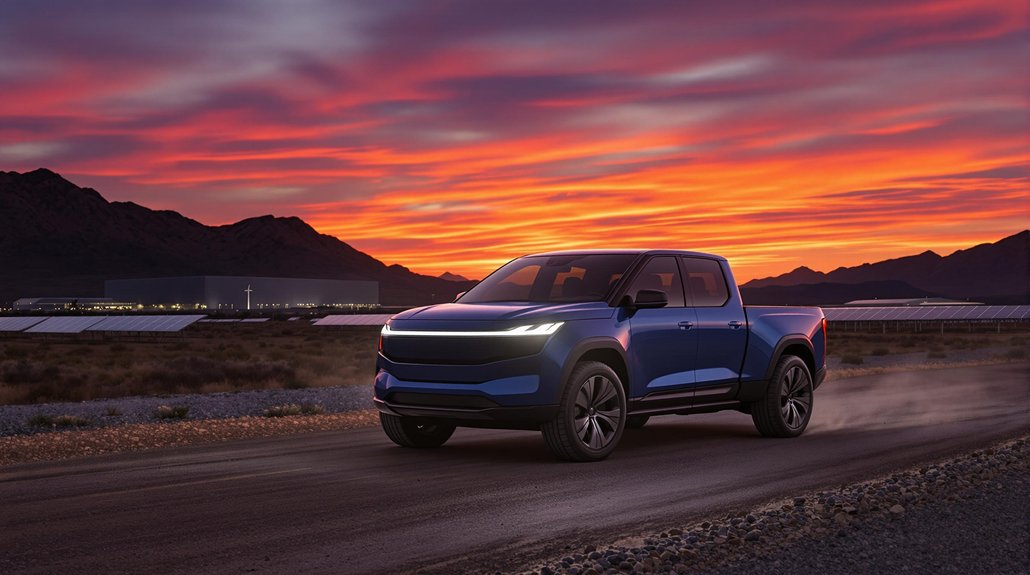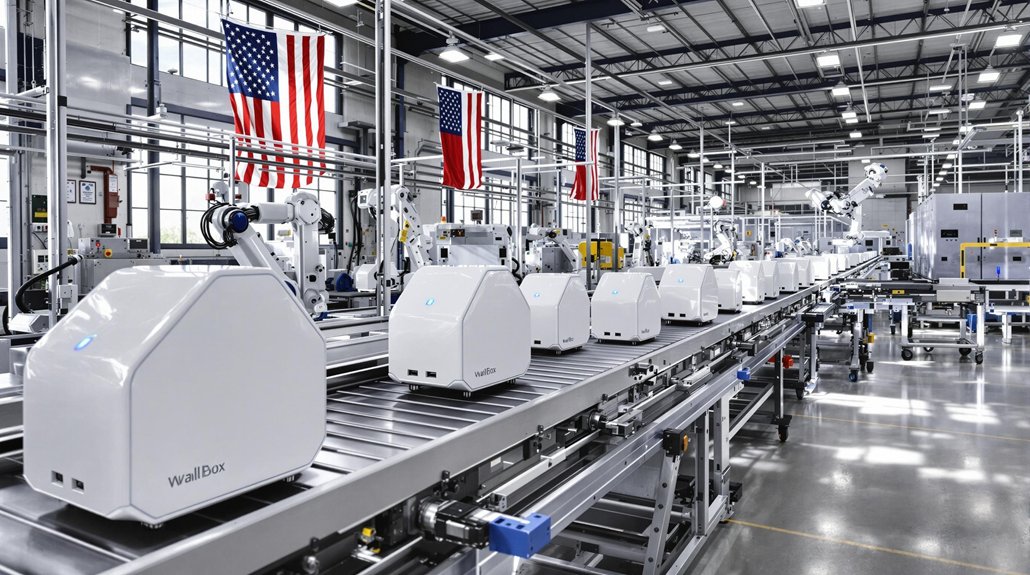While traditional gas stations have blanketed America for decades, the EV charging environment is playing serious catch-up. The numbers don’t lie. By Q2 2025, the US fast charging network hit 11,687 stations with 59,694 ports, showing a hefty 23% quarter-over-quarter jump in newly opened ports. That’s 4,242 new fast charging ports in just three months. Not too shabby.
But here’s the twist – we need way more. Projections call for 1.17 million new public chargers by 2030, including 170,000 DC fast chargers, to support a whopping 33 million EVs. The math is simple. Current infrastructure? Nowhere close.
America’s EV infrastructure gap is staggering—we need 1.17 million chargers by 2030, but we’re not even in the ballpark yet.
Money talks, and investors are listening. The global EV charging market is set to balloon from $28.47 billion in 2025 to $76.31 billion by 2032. Companies like Tesla, ChargePoint, and ABB are throwing cash at the problem. They have to. Fleet electrification mandates are coming, ready or not.
Technology isn’t standing still, either. Today’s chargers are beefing up, with 150-350 kW systems that can juice up your car in 20 minutes. These aren’t your grandmother’s wall plugs. They’re serious hardware with liquid-cooled cables to handle the heat. High costs remain a significant barrier, with each DC charging station requiring USD 30,000 to 50,000 in initial investment.
Geography still matters, unfortunately. Charging stations cluster in coastal cities and wealthy neighborhoods like teenagers at a mall food court. Rural America? The middle of the country? Lower-income areas? They’re getting the short end of the charging cable. This disparity mirrors how clean energy jobs declined by 24% between 2017 and 2020 during America’s climate policy withdrawal.
California’s winning the race, while states in the heartland lag behind. The contrast in reliability is stark, with Idaho, Wyoming, and Hawaii boasting reliability scores above 90% while Vermont, Maine, and Oklahoma struggle below 80%.
China’s laughing at our progress, on track for 8.6 million public chargers by 2030. Europe’s not doing too badly either – Germany, France, and Norway are leading the charge across the pond.
The real issue isn’t just quantity but quality. Broken chargers, maintenance downtime, and access inequality are real problems. For EVs to truly take over, charging needs to be as reliable and accessible as gas stations.
We’re not there yet. Not even close.
References
- https://www.paren.app/reports/state-of-the-industry-report-us-ev-fast-charging-q2-2025
- https://www.globenewswire.com/news-release/2025/07/24/3120791/28124/en/EV-Charging-Station-Industry-Report-2025-2032-Fixed-Chargers-Lead-the-Way-in-EV-Charging-Infrastructure-Offering-Seamless-and-Secure-Solutions-in-Public-Spaces.html
- https://www.korewireless.com/blog/ev-charging-statistics/
- https://www.climatecentral.org/climate-matters/electric-vehicle-charge-up
- https://driveelectric.gov/stations-growth








